How energy storage can be the key to developing renewable energy in remote Arctic communities
As more off-grid communities transition to renewable power, investing in batteries can help the grid stay balanced and efficient.
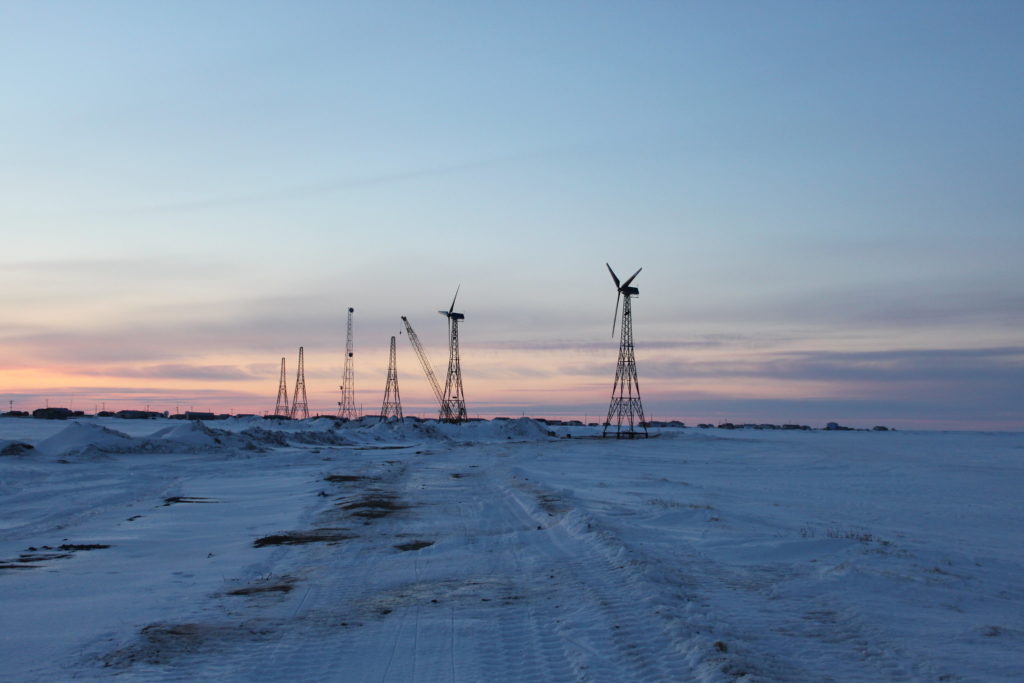
Arctic renewable energy has the potential for a global impact, but stories of energy transformation in the region are often overshadowed. For the month of September, ArcticToday has reported a series a special focus on renewable energy in the Arctic and this piece is the final installment of that series (read it in full here). We’ll continue to cover important stories about Arctic renewable energy, however, and you can be the first to read this coverage by subscribing to our daily newsletter and following us on Facebook and Twitter.
Kongiganak, known as “Kong” to the 700 or so people who live there, sits two miles from the shores of the Bering Sea, not far from the Kuskokwim River. Barges and planes bring in all supplies, from food to fuel, as they do in many fly-in communities in the Arctic. There are no roads or cars, and few homes in Kong have running water.
But Kongiganak is different from many other remote Alaska communities in one significant way: it is powered, for days or even weeks at a time, by wind turbines.
Between 25 and 40 percent of the village’s energy needs are met by five 95-kilowatt wind turbines, hooked up to electric car batteries.
And those batteries — representing only a fraction of equipment and maintenance costs — can be key to the entire operation.
Importing diesel fuel into remote communities, particularly in the Arctic, was already very expensive. But changes in the environment have made shipping to these regions an even riskier proposal than before.
“Places that would traditionally barge fuel, the water levels might not be high enough anymore to barge fuel into,” Gwen Holdmann, director of the Alaska Center for Energy and Power, told ArcticToday. “So you’re seeing escalating prices for the cost of energy in places where the median household income is really quite low.”
In addition to the rising costs of fuel, changes to the environment can make shipping fuel in barges along coastlines even more environmentally precarious. And as communities witness the unfolding environmental damage wrought by climate change, they’re wary of continuing to transport and burn diesel fuel.
At the same time, many Arctic communities have plenty of potential renewable energy resources — wind, sun, water. Renewable energy can be a promising way to cut back on financial and environmental hazards.
But when it comes to the microgrids upon which many remote communities depend, finding a way to store renewable energy can be an even more important part of the puzzle than just generating the energy in the first place.
Across the Arctic, about 1,400 communities depend upon microgrids — self-contained electrical grids that don’t connect to other communities or cities. These grids are almost always powered by diesel generators, and transitioning from generators to renewable energy isn’t as simple as it might sound.
Simply having access to renewable sources of energy isn’t enough to turn off the diesel generators, Benjamin Loeffler, research manager at the Pacific Marine Energy Center, told ArcticToday.
“If you bring in too much renewable penetration, it can interfere with the diesel operation and lead to lower power quality, more outages, less efficient diesel operation, more maintenance costs,” he said.
Diesel generators need to run at 40 or 50 percent capacity, at least, in order to continue offering uninterrupted service and to avoid damaging the equipment.
That leads to some communities continuing to operate generators even when they have plenty of renewable energy as well — which is inefficient and expensive. But turning the generators off entirely could lead to disruptions in services.
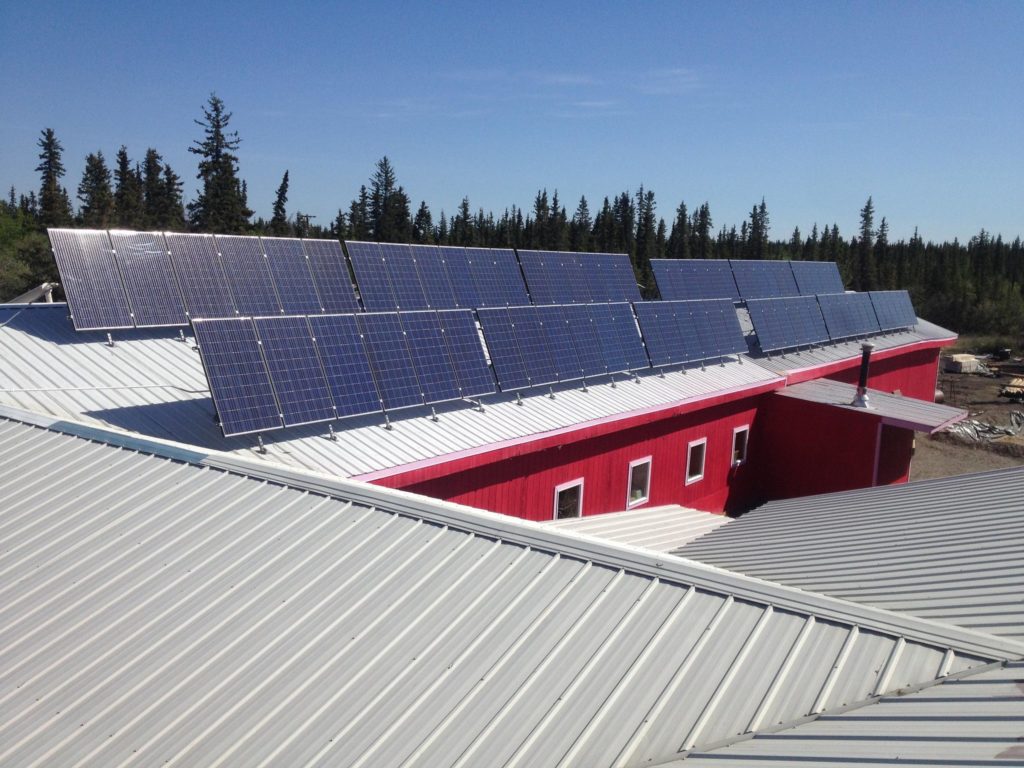
Take, for example, solar power, Loeffler said. “In the Lower 48, if all the solar goes off at the same time, it’s a fraction of a percent. But in some of these small grids, it could be 30 or 40 percent of the generation just immediately goes away.”
That causes the diesel generators to ramp up and down, trying to keep the grid stable “as every cloud goes in front of the sun,” Loeffler said.
This is why batteries are key. They can stabilize the grid, providing those moments of backup energy if a natural resource temporarily fades, and they can do so in small increments — unlike the 40 to 50 percent of minimum energy output from diesel generators.
Energy storage for microgrids, Loeffler said, is “as big a piece as the actual renewable energy technology.”
Kongiganak, which is one of four villages in a consortium called the Chaninik Wind Group, installed the refurbished Windmatic turbines in 2010, and added lithium ion batteries — like the kind you might find in a Chevy Bolt — in 2017.
The battery bank has allowed them to turn off the diesel generator for days at a time, said Roderick Phillip, the general manager of Kongiganak’s Puvurnaq Power Company.
“Sometimes a whole week, the diesels are off,” Phillip told ArcticToday.
“When there’s excess energy, the No. 1 priority is take the generators down to the minimum operating range,” Phillip said. “Then the rest gets sent to the battery bank.”
Once the battery bank is charged up, the generators turn off.
Then, Phillip said, “the rest goes to the electric stoves.”
Soon after the wind turbines were installed, Kongiganak put 20 Steffe thermal stoves in homes. Nearly 30 more stoves have been added since then.
“For the electric thermal stove customers, they reduced their fuel consumption for heating their home by more than half, depending on the weatherization of their homes,” Phillip said.
This way, not a single kilowatt of energy is wasted.
One challenge for renewable energy in the Arctic are the sometimes-harsh conditions — very low temperatures, natural disasters such as earthquakes and tsunamis, strong storms.
In 2014, one of the Kongiganak turbines experienced catastrophic failure during a wind storm. The village applied for a grant through the U.S. Department of Energy to fix it.
Otherwise, however, they’ve made many of the small fixes themselves.
“It’s something our guys can handle. We trained them when we built the system. They’re able to operate and maintain the wind system,” Phillip said. “The parts, we even order from Amazon.”
For communities where renewable power is an option, Phillip said, “It’s doable. We’ve done it.”
But renewable energy isn’t just a potential solution for small villages with car batteries.
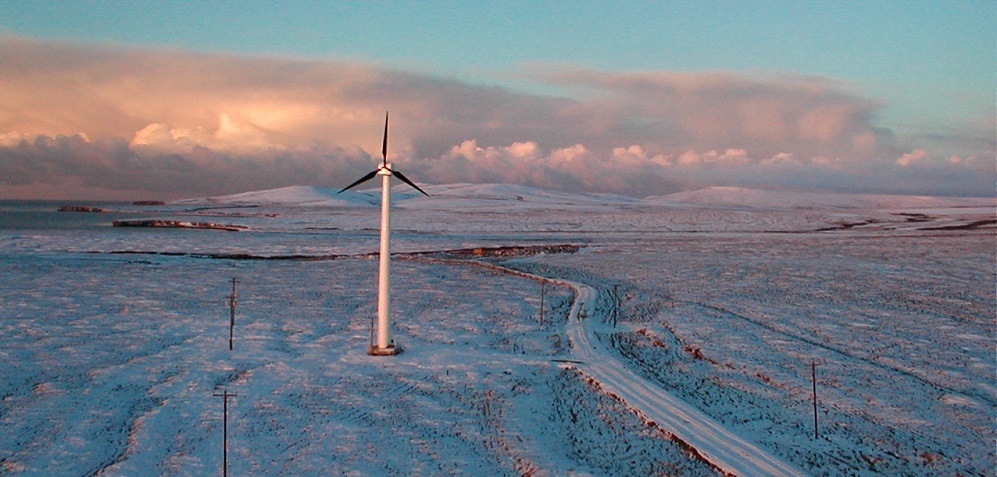
Cordova, Alaska, is home to about 2,300 people, and hosts about as many more visitors and workers every summer. Here, as in many other parts of the Arctic and sub-Arctic, fisheries form the backbone of the culture and economy.
Cordova has one of the top 10 fisheries in the United States, Clay Koplin, who is both mayor of Cordova and CEO of Cordova Electric Cooperative, the local power utility operating the microgrid, told ArcticToday. It’s a $100 million annual fishery, with an estimated $1 billion in industry investments.
During the summer, Cordova gets nearly all of its energy from hydropower; sometimes, the rivers generate even more power than they need. In a good year, Cordova gets about three-quarters of its energy needs from river power.
“Our sources of energy are primarily two run-of-the-river hydroelectric projects,” Koplin said. “So, we have the benefit of hydropower, but it doesn’t have dams behind it to store that energy.”
The energy is captured by “this big inflatable rubber bladder in the river” that temporarily diverts the streams of water, Clay said. “So, we only have a few seconds of storage there. If the snow quits melting or it quits raining or the river dries up, then we have to turn on a diesel generator and use diesel fuel.”
Energy storage, he said, was “the huge missing component of our system.”
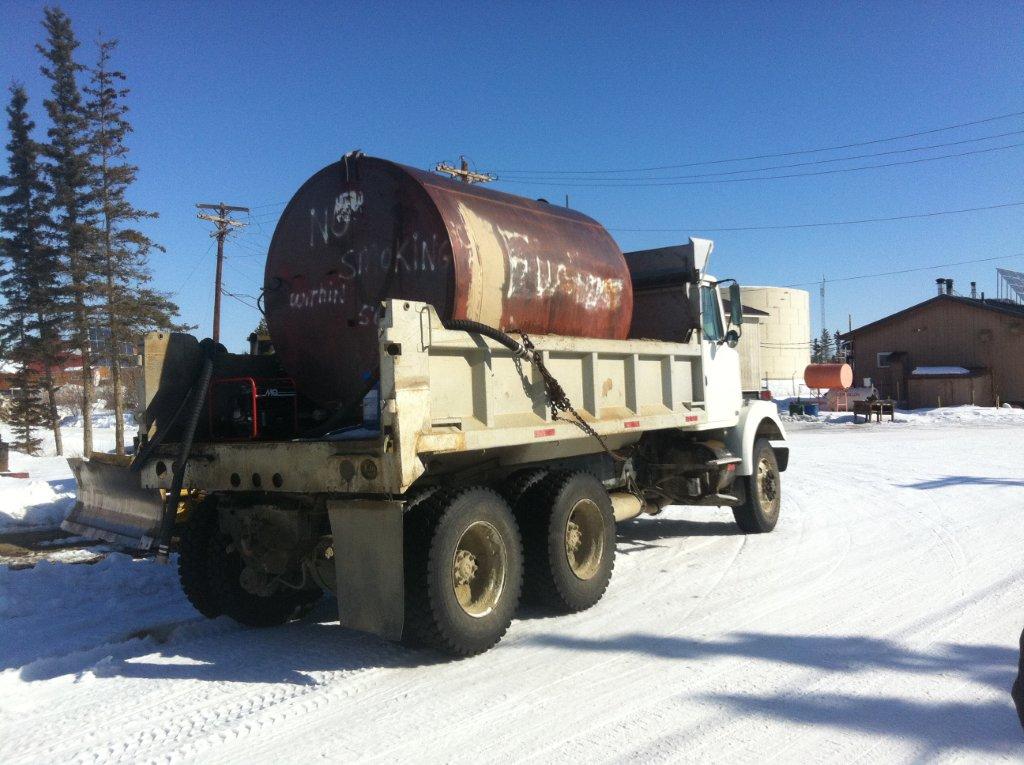
And Cordova’s energy needs aren’t steady throughout the day; they fluctuate substantially.
At 9 each morning, for instance, the fishery processors power up, putting sudden demand on the electrical grid.
“Think about electric system as kind of a dog sled team, and they’re running along pulling someone on the sled,” Koplin said. “If you drop 5,000 pounds of flour onto that sled out of the sky, it’s going to stop those dogs in their tracks. And the electric system’s the same way.”
Backup diesel generators used to fill the gaps, but again, they would operate at 40 to 50 percent capacity, when sometimes only 10 or 20 percent was needed.
In October 2018, Cordova ordered a $1.4 million battery to balance the grid. By July 2019, the battery was up and running. All told, the project cost about $2 million, but the battery alone will save as much as $200,000 each year in diesel costs. It’s expected to last for 30 years.
“We’ve been able to keep diesels off for a full day at a time when we would have had to run diesel generators for 12 to 14 hours to meet those daytime loads,” Koplin said.
The battery, he said, “just sits there like an orchestrator grabbing and pushing energy around, and none of our other equipment has to do that anymore. Our diesels aren’t speeding up and slowing down, so they run more efficiently.”
And when the diesels do need to come on, the same battery can capture the extra energy the generators produce.
Best of all, Koplin said, this kind of work is ideal for the batteries. “If you only use it for grid balancing, you’re not going to wear your battery out hardly at all,” he said.
For a grid like Cordova’s, Koplin said, supplying energy to industries, “it has to run absolutely 24/7, 365, on a second-to-second basis. We can tolerate zero downtime out of this.”
That’s why they invested in a top-of-the line battery, and spent a good deal of time fine-tuning it. The energy company developed a program to balance the system remotely. “We’ve fully automated this battery,” Koplin said. “We don’t even have operators in our plants at night or on the weekends or anything. They have a tablet.”
Located in Southcentral Alaska near the moderating influence of Prince William Sound and the Gulf of Alaska, Cordova’s climate is milder than that of most of the Arctic, and ideal for this kind of project, Koplin said.
Arctic conditions tend to be more challenging.
“It’s a concern but it’s also an opportunity,” Koplin said. “You can put it maybe inside a building where that released heat helps heat the building.”
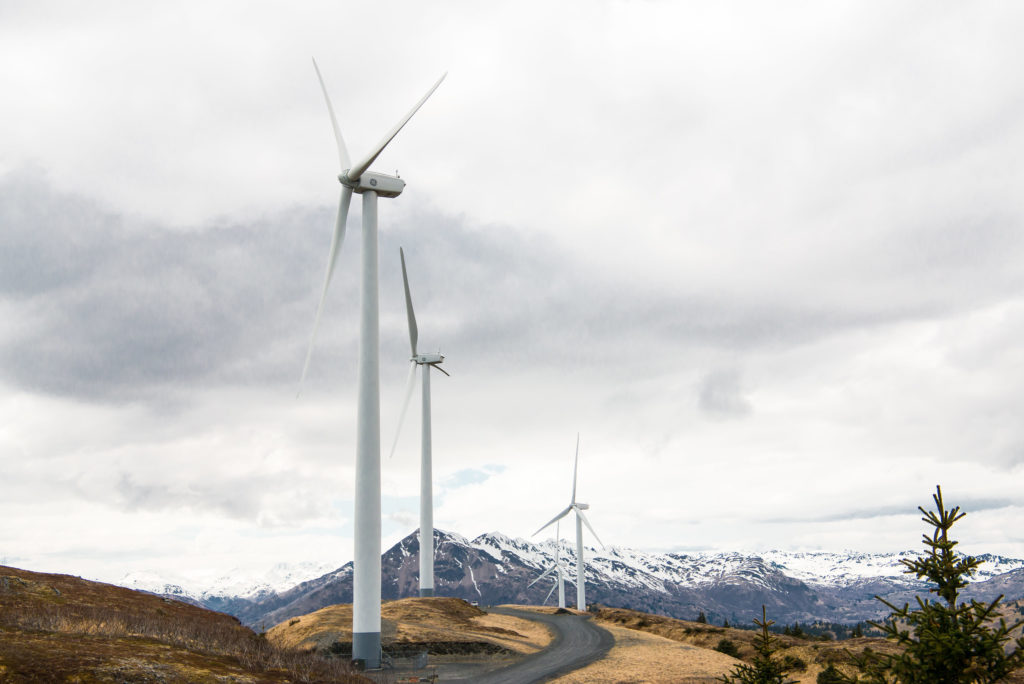
“All batteries that have been installed in the Arctic are really in some sort of a controlled environment,” Holdmann said. “They’re not sitting outside 40 below zero. Because that is really hard on chemical battery systems — they’re really not designed for that.”
The solution, though, can be as simple as using an insulated shipping container to trap any heat the battery releases.
That’s what researchers at ACEP are doing with their battery, as they look at what battery sizes work best for different communities. After all, grids supporting 700 people have different needs than those supporting 2,300 people.
“That’s a big part of the research that we’re conducting right now — that right-sizing of energy storage systems,” Holdmann said. “That’s super important.”
There are other measures communities can take to reduce their fuel consumption, from making buildings more energy-efficient to switching to electric cars and more efficient heating systems, as Koplin hopes to do.
Switching to electric cars wouldn’t just reduce the fuel needed in a community. They could also operate as mobile backup batteries for the grid, Holdmann said. When an electric vehicle is plugged in, its battery can help balance the grid.
“Alaska could be an interesting place to look at vehicle-to-grid storage, where you’ve got electric vehicles that then might be able to provide services to the grid at certain times of the day,” Holdmann said.
“I think that could really push the envelope,” she said.
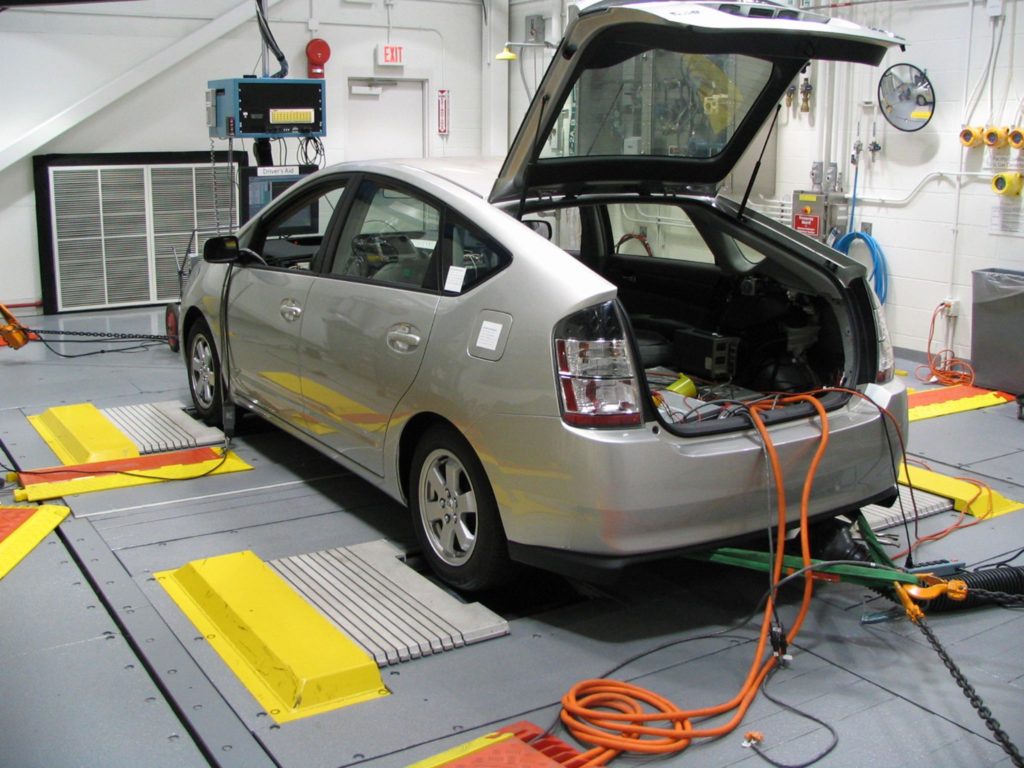
Microgrids in Arctic communities can help move renewable technologies and strategies forward, Holdmann said. “You could do some pretty interesting testing of different ideas and strategies that you might not be able to do in other places because you’ve got such a defined grid, and you’ve got kind of captive users that are interested in figuring out ways to reduce their costs of energy.”
“There’s all kinds of things that you could think about down the road,” she said.
Freeing communities from weighty costs of fuel has wide-ranging benefits for all aspects of life, Koplin said.
“There’s only so many resources to go around. If you’re not spending all your money on energy, maybe you can eat healthier, or get quality medical care, or a better education.”